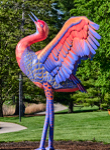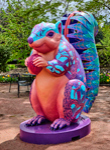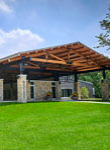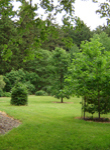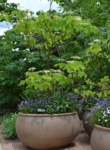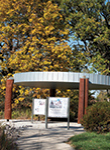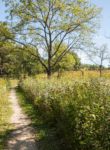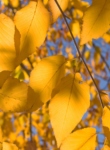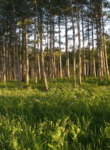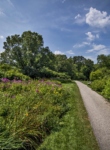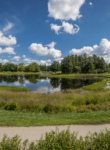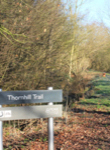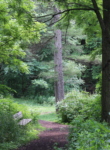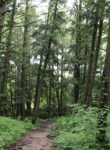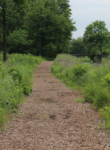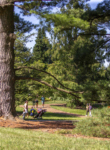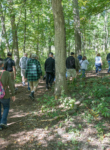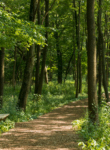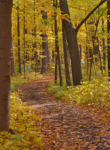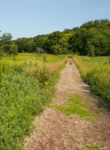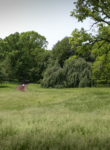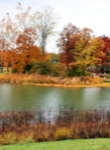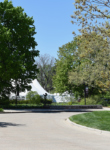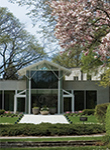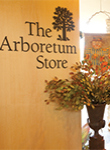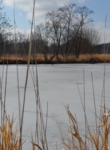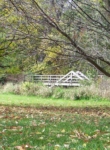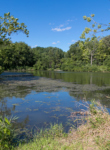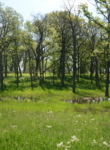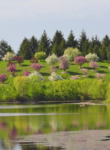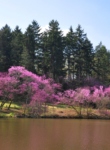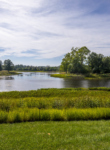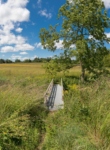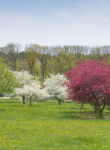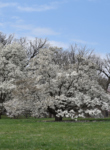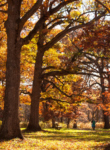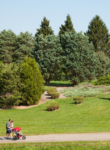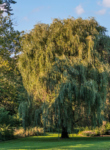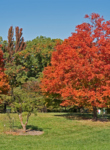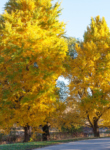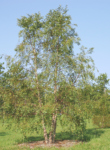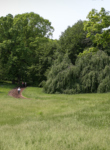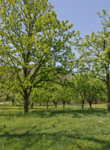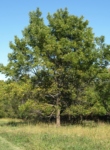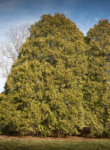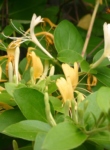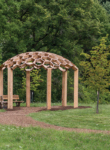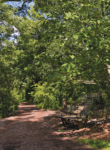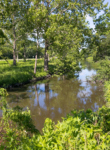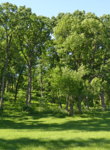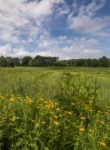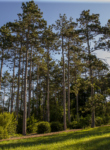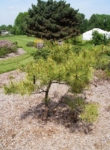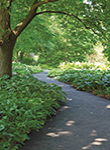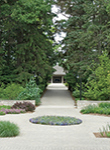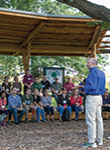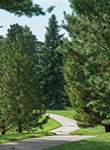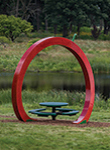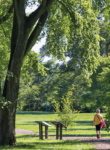Amur maple is a potentially invasive plant. An invasive plant is a plant species that is non-native to the location being considered and whose presence and spread negatively impacts (or is likely to impact) ecological, economic, or human health. Data collected at The Morton Arboretum show that Amur maple is potentially invasive on the Arboretum grounds. This means that the species has established populations that often occur at considerable distance from the contributing collections plants and/or are growing in uncultivated areas on or outside of the Arboretum’s property, or the established populations may be consistently managed or controlled to prevent spread within the Arboretum.
Amur maple spreads by seed. It is fairly shade-tolerant so it grows well in woodlands. It can also be found along roadsides and in disturbed sites. This species is native to Asia, but was introduced into the U.S. as an ornamental tree. It is still sold in some locations. Amur maple can now be found growing wild in scattered areas throughout the Midwestern, mid-Atlantic and New England states. Due to excessive seeding, Amur maple is able to shade out native wildflowers in wooded areas and may even be able to outcompete small native trees and shrubs. This reduces species diversity and alters habitat.
There are a number of native and non-native species that could be used in place of Amur maple. More desirable species may be found using the Search Trees and Plants page of the Arboretum website. Before purchasing or planting, be sure to check for any local or state guidelines on these species, and make sure that the plant is suitable for its habitat by checking its attributes at mortonarb.org or plants.usda.gov.
- Family (English) Soapberry (formerly Maple)
- Family (botanic) Sapindaceae (formerly Aceraceae)
- Tree or plant type Tree, Shrub
- Foliage Deciduous (seasonally loses leaves)
- Native locale Non-native
- Size range Large shrub (more than 8 feet), Compact tree (10-15 feet), Small tree (15-25 feet)
- Mature height 15-18 feet
- Mature width 15-18 feet
- Light exposure Full sun (6 hrs direct light daily), Partial sun / shade (4-6 hrs light daily)
- Hardiness zones Zone 3, Zone 4, Zone 5 (Northern Illinois), Zone 6 (City of Chicago), Zone 7, Zone 8
- Soil preference Moist, well-drained soil
- Drought tolerance Tolerant
- Other tolerances Alkaline soil, Occasional drought
- Season of interest early spring, early fall, mid fall
- Flower color and fragrance Fragrant, White
- Shape or form Multi-stemmed, Round
- Growth rate Moderate
- Transplants well Yes
- Planting considerations Commonly planted
- Wildlife Insect pollinators
- Has cultivars Yes
